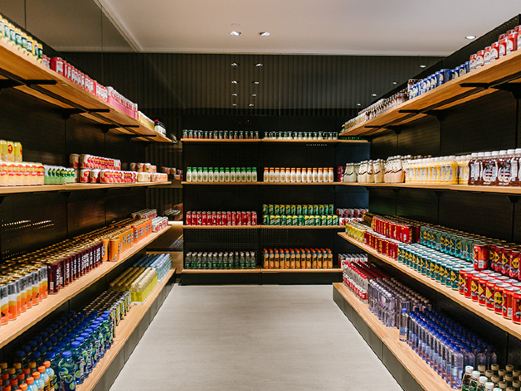The Confucius Temple in Siyang was constructed during the Jiajing period of the Ming Dynasty in 1530. This temple is renowned for two peculiarities: First, while Confucius temples in other locations are situated within city centers, the Siyang Confucius Temple is uniquely positioned at Yanjia Gang, north of the county town. Second, unlike other temples that enshrine wooden tablets representing Confucius, the Siyang Confucius Temple honors a gilded statue of Confucius. The opening hours are subject to the daily operational status.
Confucius Temple in Siyang
The Confucius Temple in Siyang was constructed during the Jiajing period of the Ming Dynasty in 1530[...]









